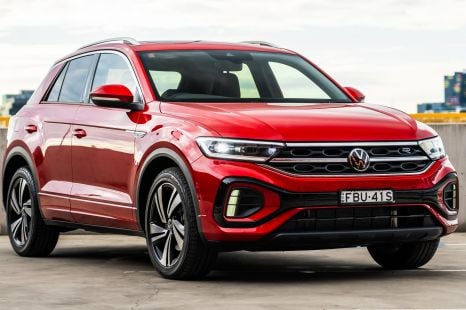

Max Davies
1 Month Ago
The GWM Haval Jolion Hybrid SUV has been made over for 2024, but not all the changes are big steps forward.
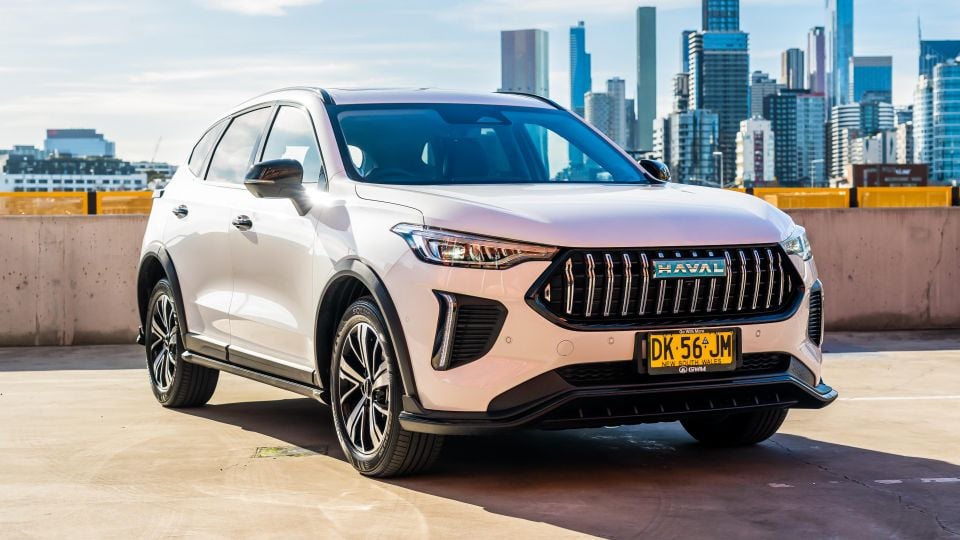
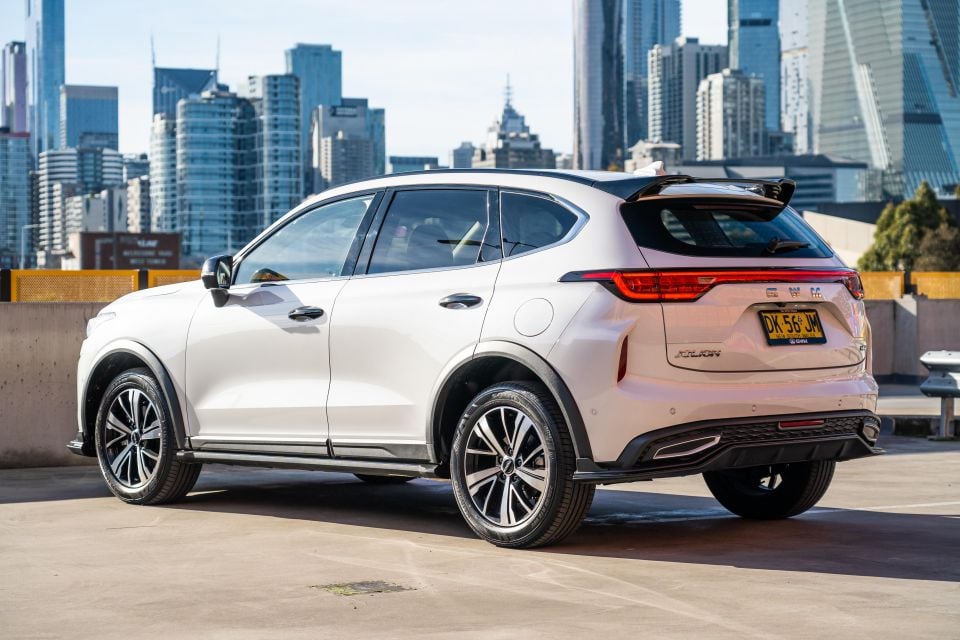

Contributor

Contributor


Contributor

Contributor
Take advantage of Australia's BIGGEST new car website to find a great deal on a Haval Jolion.
This isn’t your average mid-life update. Usually carmakers give their cars a few simple design changes, a few fancy new screens, and some new options after a few years on sale.

GWM has gone a few steps further and given the Jolion Hybrid a new look, a new suspension setup, and fixes to some of our biggest complaints about the pre-update car.
It’s not all good news though. The new look has plenty of sport add-ons that look a bit aftermarket, and the 2024 Jolion Hybrid has significantly less boot space than the car it replaces.
GWM hasn’t gone as far with the petrol Jolion. It has a massaged version of the existing exterior, although both cars share the same exterior design.
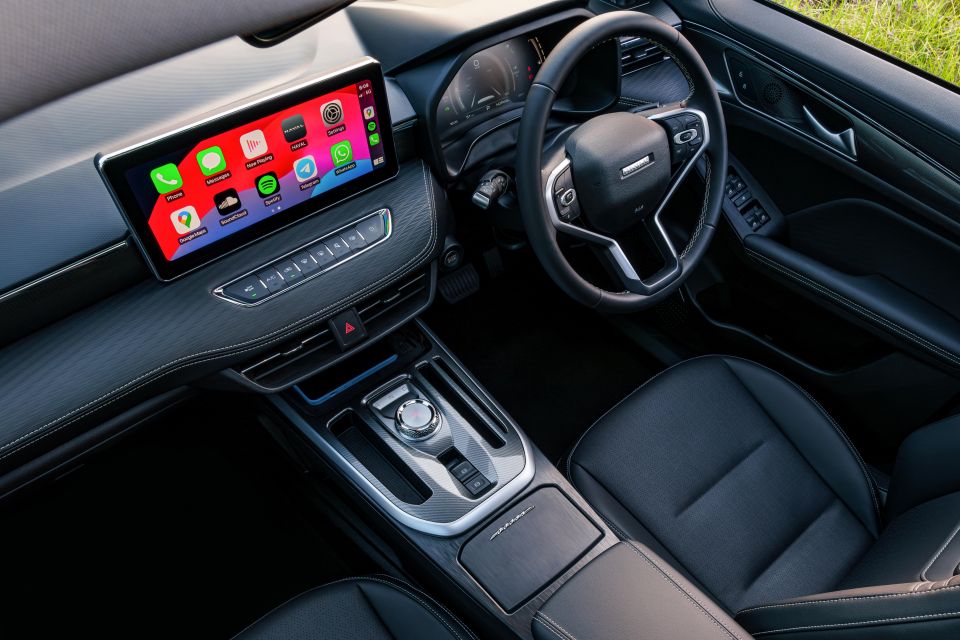
We’ll get behind the wheel of the petrol as soon as possible.
For now, we’ve spent some time in the range-topping 2024 GWM Haval Jolion Hybrid Ultra to see if this heavy overhaul improves on what was already a solid SUV.
Unusually, the Haval Jolion Hybrid’s latest update has brought with it a price cut for Australia.
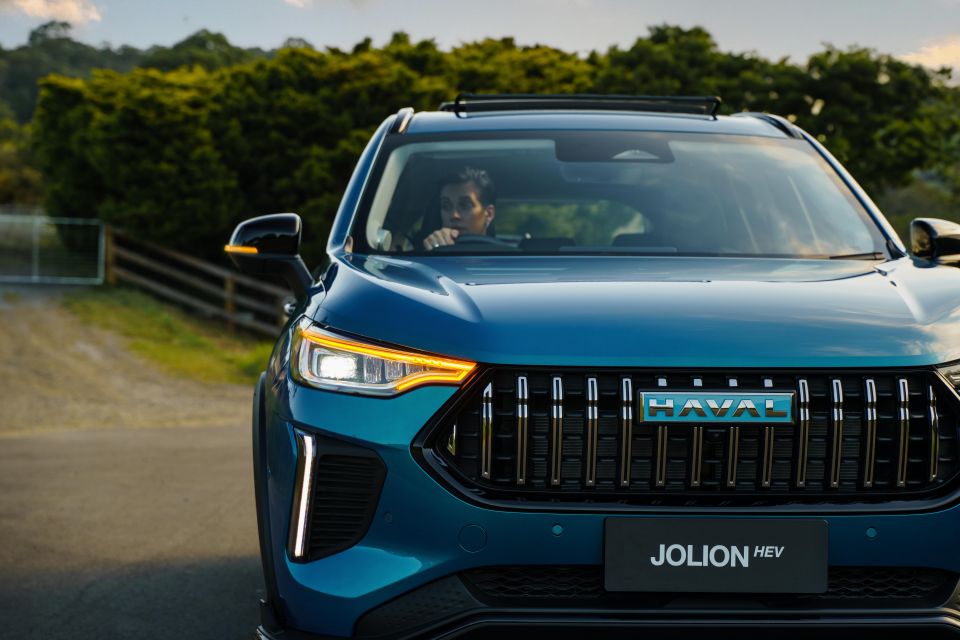
| Model | Drive-away pricing |
|---|---|
| 2024 GWM Haval Jolion Premium | $26,990 (-$1500) |
| 2024 GWM Haval Jolion Lux | $29,990 (-$1000) |
| 2024 GWM Haval Jolion Premium Hybrid | $32,990 (NEW) |
| 2024 GWM Haval Jolion Lux Hybrid | $35,990 (-$1000) |
| 2024 GWM Haval Jolion Ultra Hybrid | $38,990 (-$2000) |
To see how the GWM Haval Jolion compares to the competition, check out our comparison tool.
Where the exterior has been comprehensively overhauled, the cabin of the updated Jolion Hybrid remains largely unchanged.
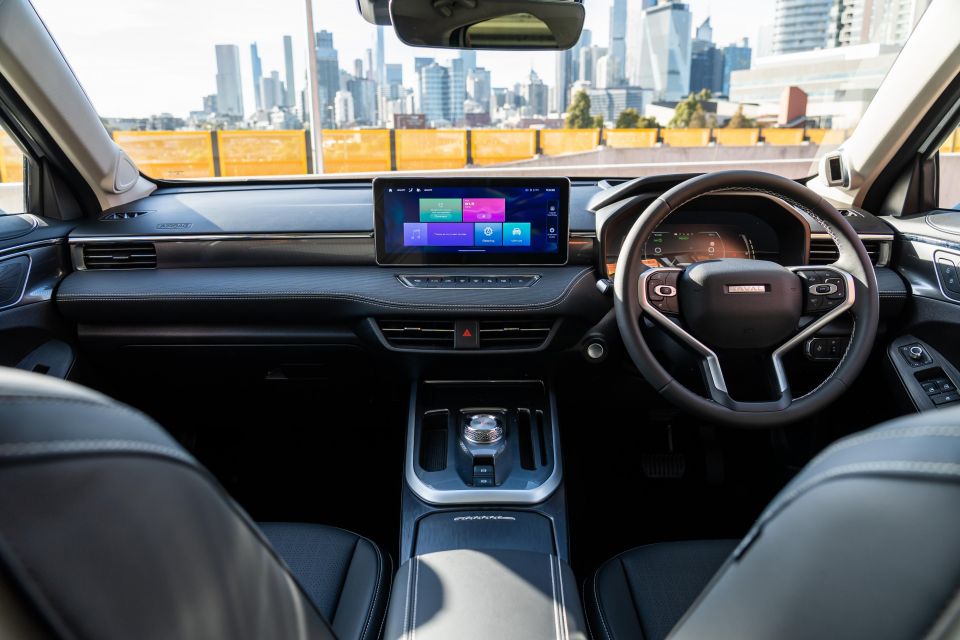
That’s not necessarily bad news. Even at close to $40,000 drive-away it’s a handsome cabin to look at, and the major touch points feel reasonably high quality. The faux leather seats are plush, and bits like the door pulls, trim pieces, and transmission tunnel are all sturdy.
The driver sits in a heated and ventilated seat with power adjustment, while the passenger seat is heated. The driving position still leaves plenty to be desired though, with a short cushion that tilts awkwardly down and doesn’t offer enough under-thigh support.
Credit to GWM for adding reach adjustment to the steering wheel, which does go some way to improving things. We just wish the seats had been treated to an update as well.
The screens in the Jolion are both high-resolution, and the infotainment system responds quickly to inputs. It’s smartly styled, with attractive fonts and a logical menu layout… for the most part.
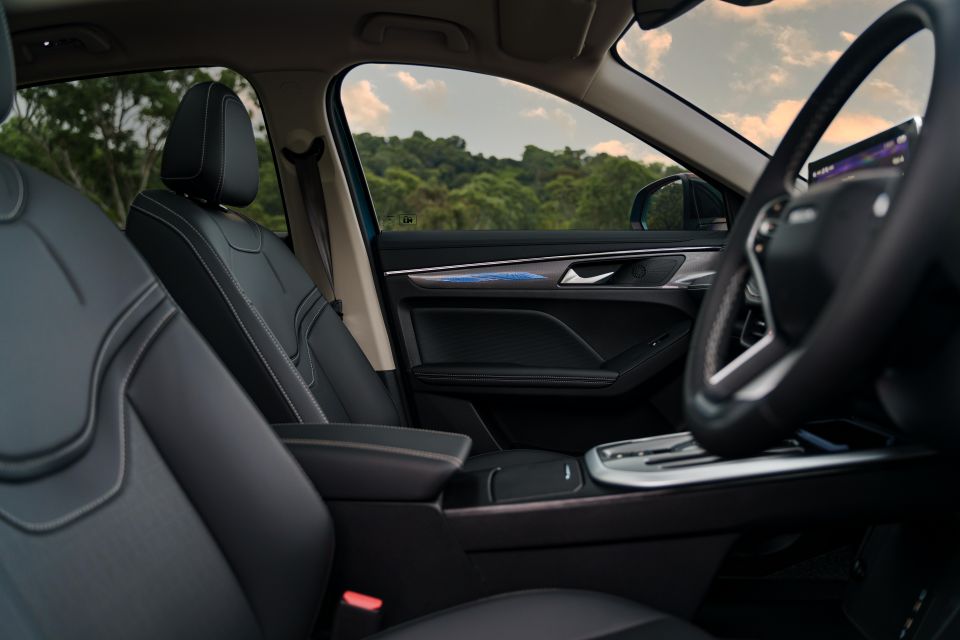
Accessing the climate controls is harder than it should be. They’re hidden in a sub-menu accessed through a tiny icon on the top-left corner of the screen, as is the home button.
Some of those sub-menus haven’t been translated to English particularly well, which is a complaint we had about the pre-update car as well.
The fact you need to dive into the vehicle menu to activate the heated seats remains hard to understand, and the driver assist functions – which you’ll need to turn off regularly – are split across multiple menus.
You also don’t get wireless Apple CarPlay or Android Auto, and GWM hasn’t turned the USB-A ports into USB-C ports with this update.
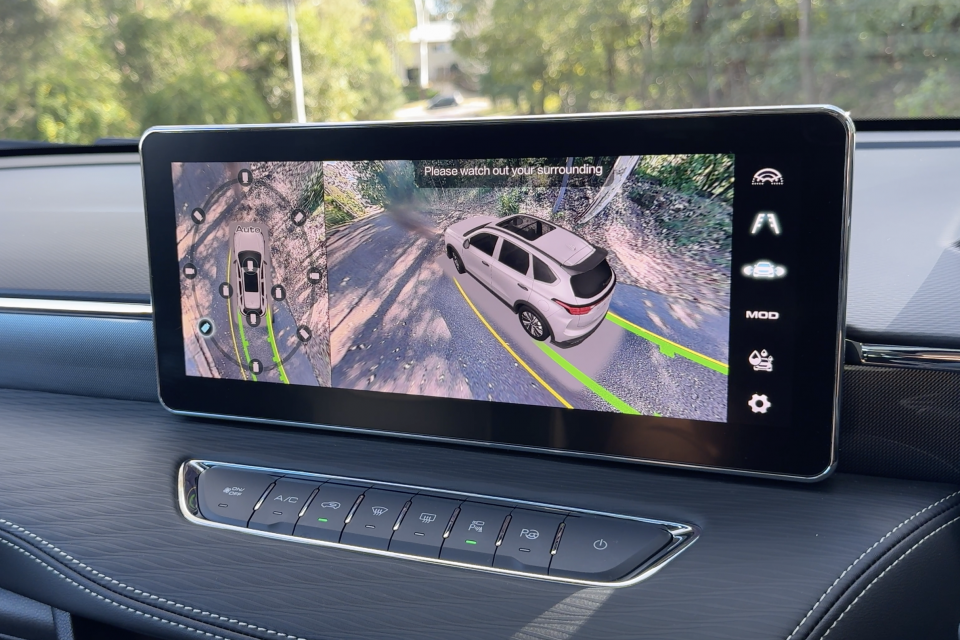
The software itself is more colourful and engaging than the last we used in a Jolion, but this update should have gone further and brought it into line with competitors from more established brands and Chinese upstarts.
The digital dashboard is basic. The graphics are sharp, but you can’t get mapping in the cluster, and rather than remembering your selection it always flicks back to a bland driver assist screen – it’s not far off matching what you get elsewhere, but still needs a bit of tidying up.
We made these same complaints when the Jolion debuted, and it’s a shame GWM hasn’t been able to bring the Haval Jolion into line with the new Tank range when it comes to tech.
Storage space up front is plentiful. There’s a handbag-sized space under the transmission tunnel, cupholders (one suitable for a piccolo coffee, the other for a drink bottle), deep door bins, and a deep space under the central armrest.
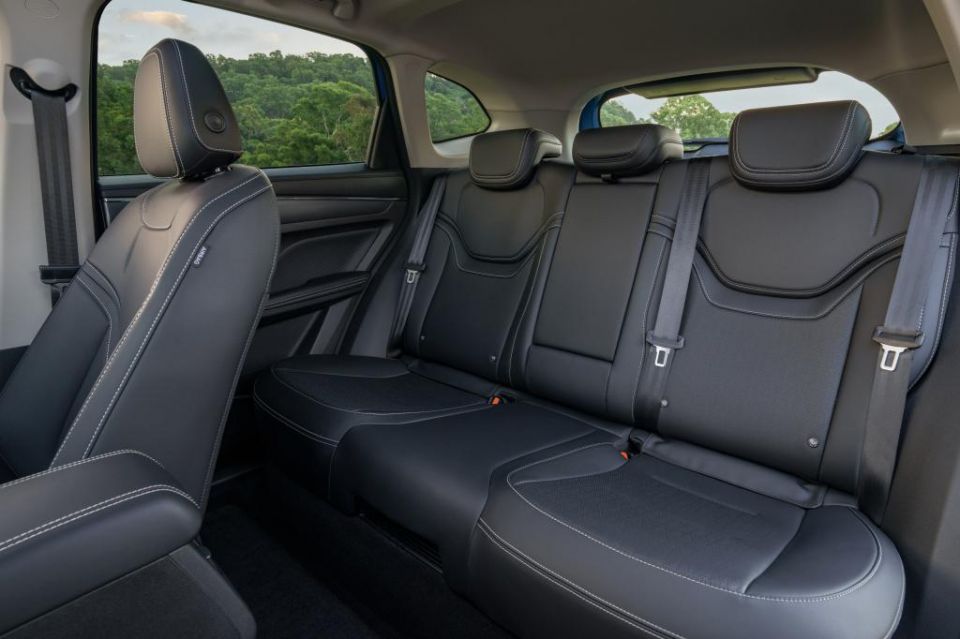
Even with the seat in a tall driver’s position there’s a solid amount of legroom in the rear, and even with a new roofline there’s room for adults back there.
It feels a similar size to a Kia Niro, and is bigger than a Toyota Corolla Cross or Kia Seltos back there.
The new shape hasn’t come at the cost of outright practicality, with big rear doors making it easier to load kids into car seats back there than in some rivals. ISOFIX points feature on the outboard rear seats, and there’s a trio of top tethers.
The floor is completely flat in the back, so the middle passenger doesn’t need to awkwardly straddle a hump, and the air vents will be welcome on hot summer days. Also welcome are the dual USB chargers back there.
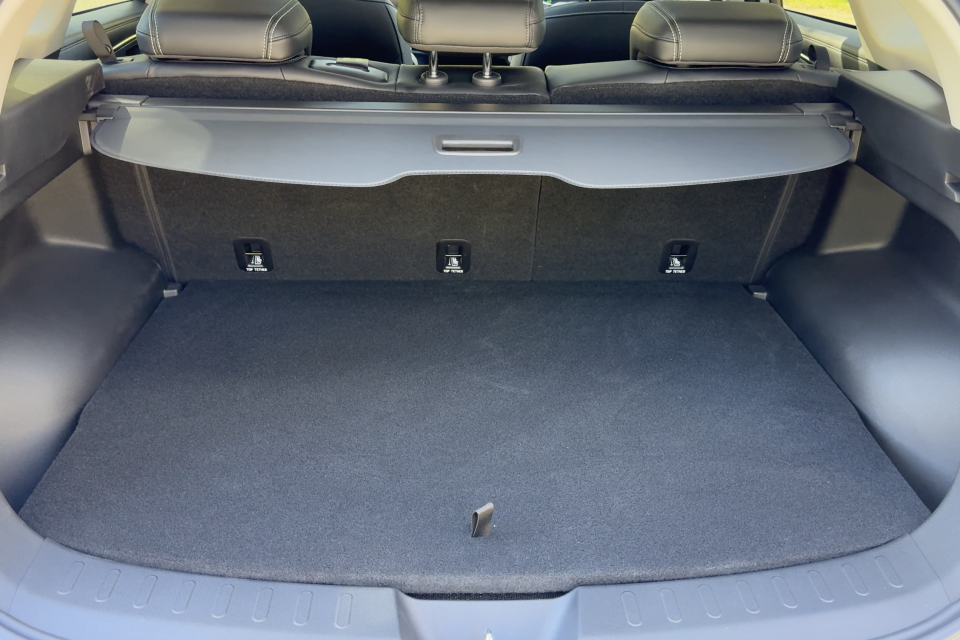
Boot space has taken a massive hit in the Jolion’s update.
Where it was previously nudging 400 litres, it’s been slashed to just 255L for 2024 thanks to the independent rear suspension now standard across the Jolion Hybrid range.
It’s hard to understand why GWM has prioritised handling over boot space in a hybrid commuter car, and the high floor massively impacts this car’s usability if you want to carry awkwardly shaped items.
Where the pre-update punched well above its weight, this is small by class standards.
| Dimensions | GWM Haval Jolion Ultra Hybrid |
|---|---|
| Length | 4470mm |
| Width | 1898mm |
| Height | 1625mm |
| Wheelbase | 2700mm |
| Cargo capacity | 255 litres (5-seat) 916 litres (2-seat) |
To see how the GWM Haval Jolion compares to the competition, check out our comparison tool.
The updated GWM Haval Jolion hybrid packs the same powertrain as before, although claimed fuel economy is 0.1L/100km worse than the pre-update car.
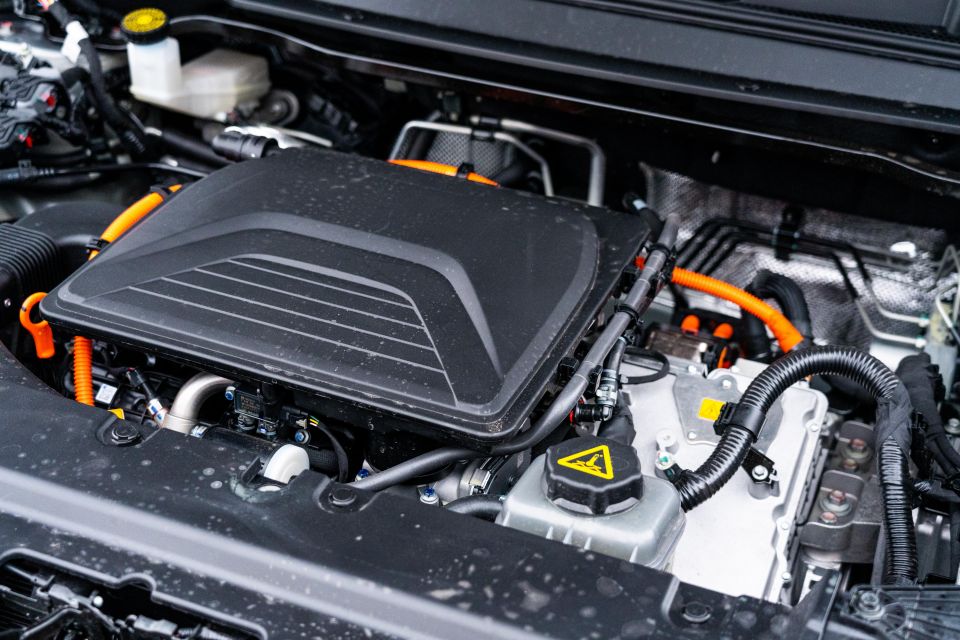
| Specifications | GWM Haval Jolion Ultra Hybrid |
|---|---|
| Engine | 1.5L 4cyl HEV |
| Engine outputs | 70kW + 125Nm |
| Electric motor outputs | 115kW + 250Nm |
| System outputs | 140kW + 375Nm |
| Transmission | ‘Dedicated Hybrid Transmission’ |
| Driven wheels | FWD |
| Weight | 1620kg (kerb) |
| Fuel economy (claimed) | 5.1L/100km |
| Fuel economy (as tested) | 5.4L/100km |
| Fuel tank capacity | 55 litres |
| Fuel requirement | 91 RON |
| CO2 emissions | 118g/km |
| Emissions standard | Euro 5 |
| Braked tow capacity | 1300kg |
To see how the GWM Haval Jolion compares to the competition, check out our comparison tool.
There’s some polish to how the GWM Haval Jolion Hybrid drives.

The SUV is at its most comfortable in the city, where the powerful electric motor is able to handle the bulk of driving.
It moves off the mark and generally accelerates to between 30 and 50km/h on electric power, and when the petrol engine does fire on light throttle inputs it’s close to silent.
It feels as though you can push a bit harder in the Haval than some of its rivals before the electric motor runs out of puff, which is of real benefit if you live between 0 and 60km/h most of the time.
Even at higher speeds the little EV indicator in the instrument cluster is constantly flicking on, although the petrol engine is never far from firing.
When it does fire, the petrol engine is generally pretty refined. It’s close to silent at low speeds, and vibrations are kept at bay when you dip deeper into the throttle’s travel. As was previously the case, when you get the power meter in the dashboard beyond 50 per cent there’s a coarse roar from the engine in the cabin.
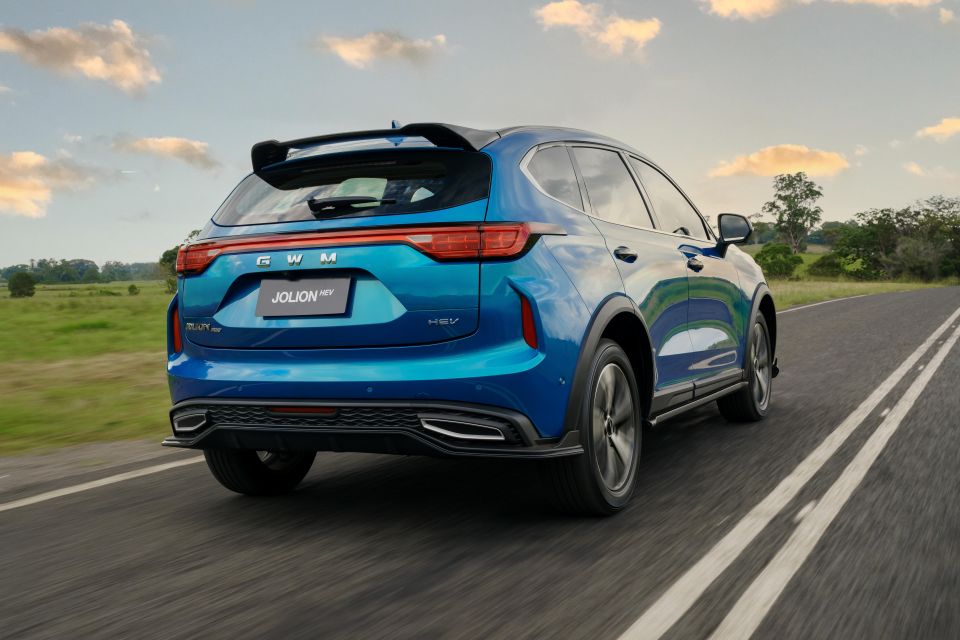
Realistically, we’d be surprised if the average owner really noticed. This isn’t a performance car (despite the rear wing), and in town you rarely need to squeeze the accelerator too far to get ahead in the traffic light grand prix.
Ride quality is good in town, where the Jolion smooths out pimply streets with aplomb. It’s nicely settled, and shrugs off sharp hits from potholes like a bigger car.
It’s hard to categorically say the switch to an independent rear suspension makes a huge difference here, but there’s definitely an extra level of polish to how it handles awkward situations than the existing car on its torsion beam rear suspension.
The heavy steering requires a bit more work in town than some rivals, although it’s still easy enough to twirl with a coffee in your hand.
The excellent surround-view camera helps when you’re trying to squeeze into tight spots, allowing you to look at a 3D model of the car in its environment from essentially any angle. It’s technology that puts much more expensive vehicles to shame.
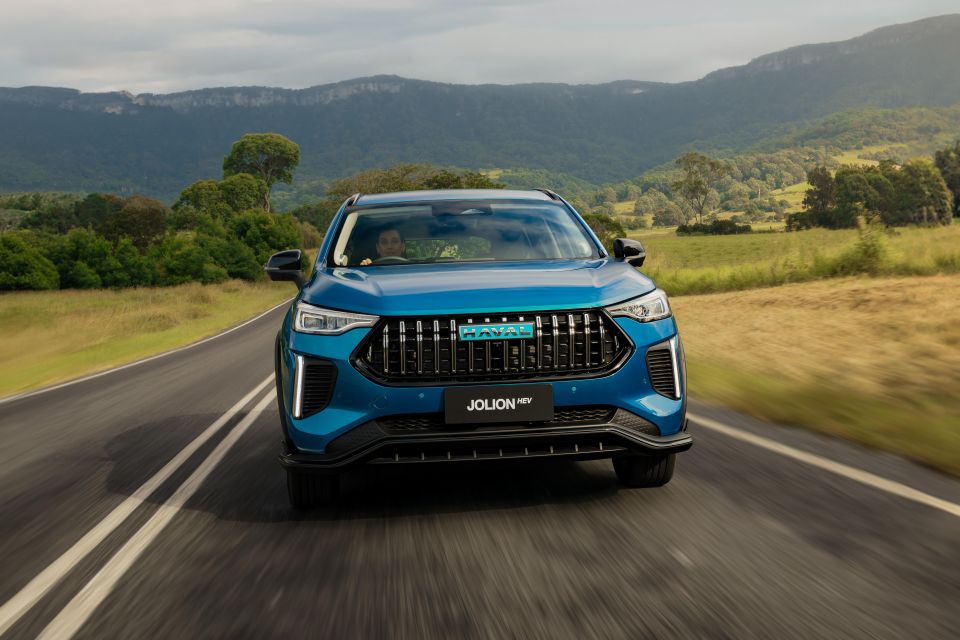
GWM desperately needs to refine the driver assists in the Jolion, however.
The driver monitor beeps at you incessantly when you look at the instruments, or the touchscreen, and flashes up infuriatingly casual messages on the touchscreen like hey, don’t stray… which need to be manually acknowledged with an input on the screen, once again taking your eyes off the road.
Turning the system off requires at least three button presses on the screen, which is more eyes-off-road time, and it reactivates every time you start the car. It’s simply not good enough.
Likewise the lane-keeping assist, which interprets any movement towards the white lines as a problem and tries to steer you back in the opposite direction. The only way to get around it is to turn it off, which takes even more time with your eyes off the road.
We’re well past the teething phase with this tech, and GWM has taken big steps in its newer cars like the Tank 500. It’s a shame the Jolion hasn’t been treated to the same updates.
There are five variants in the Jolion range: two ‘old look’ petrol models and three ‘new look’ hybrids.
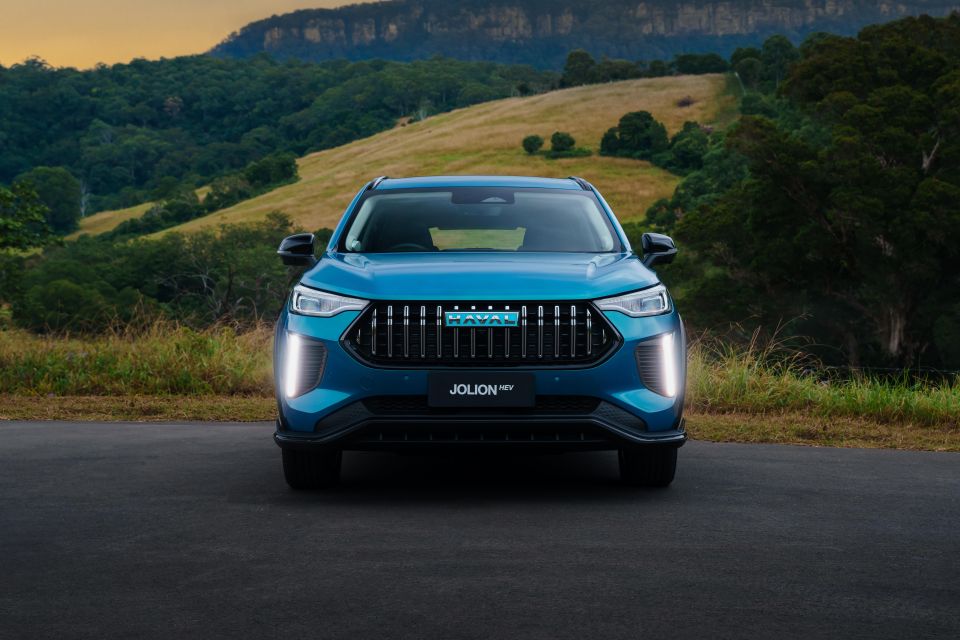

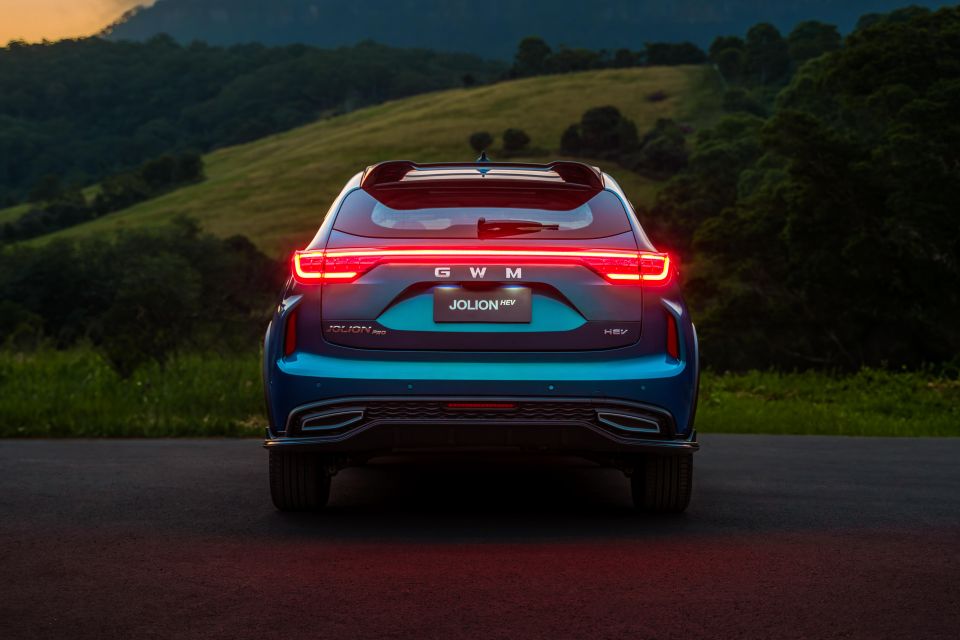

Jolion Premium and Premium Hybrid standard equipment:
Jolion Lux and Lux Hybrid add:
Jolion Ultra Hybrid adds:
The existing Haval Jolion had a five-star ANCAP safety rating based on testing carried out in 2021, but the updated Hybrid doesn’t have a rating.

Standard safety equipment includes:
GWM remains one of few brands in Australia to offer a seven-year, unlimited-kilometre warranty.
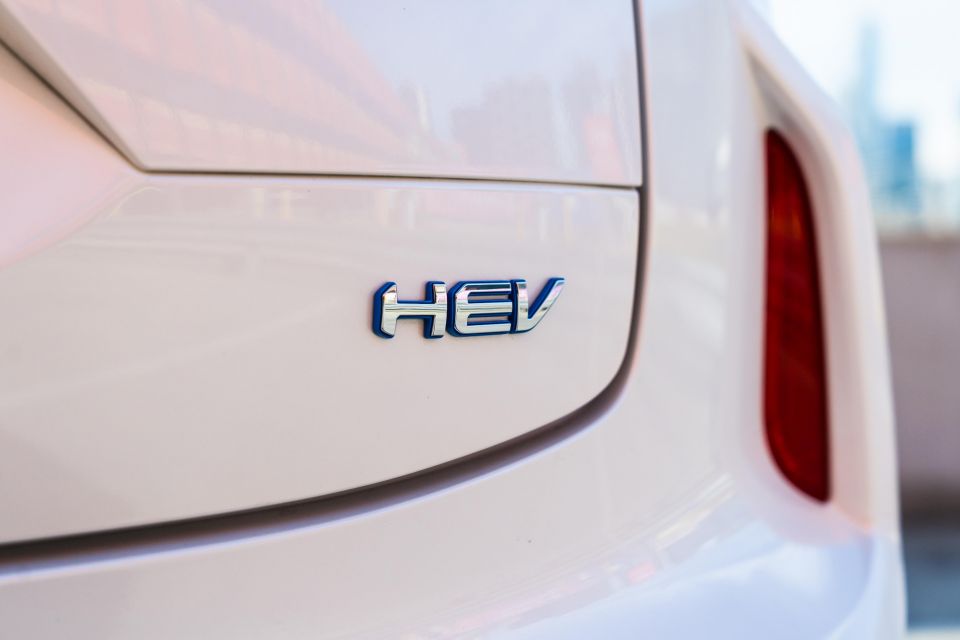
| Running costs | GWM Haval Jolion Ultra Hybrid |
|---|---|
| Warranty | 7 years, unlimited kilometres |
| Roadside assistance | Up to 5 years |
| Service intervals | 12 months or 15,000km (10,000km first service) |
| Capped price servicing | 5 years |
| Total capped price service cost | $1650 |
To see how the GWM Haval Jolion compares to the competition, check out our comparison tool.
The Jolion remains solid value, and solid to drive.
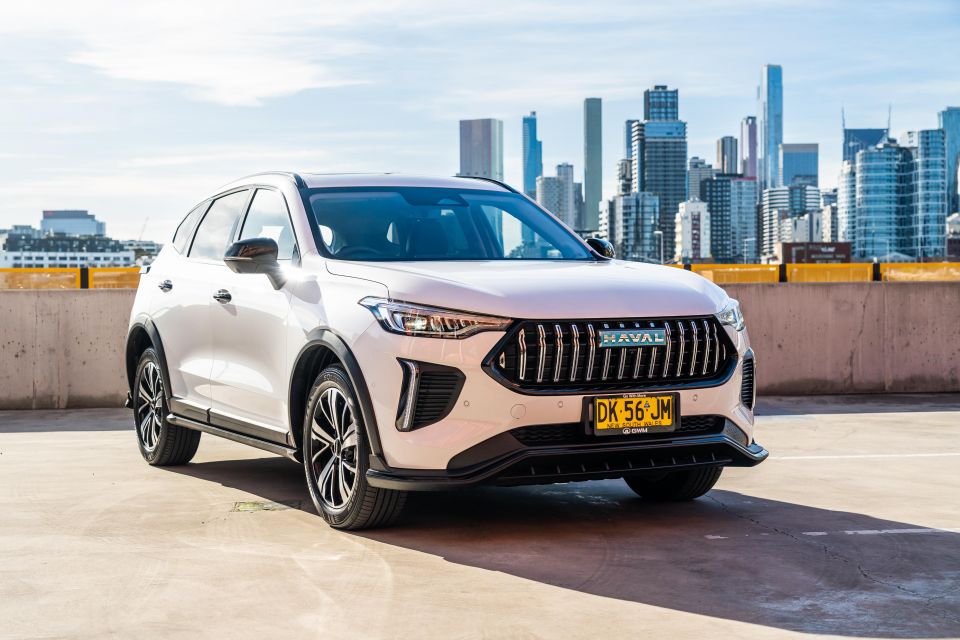
But it’s disappointing this update represents a sideways step in some places, and a backwards step in others.
On the plus side, the price cut is welcome – and changes like the telescoping steering wheel, ventilated driver’s seat, and multi-link rear suspension improve complaints we had about the pre-update car.
The Jolion Hybrid remains impressively efficient, and is a smoother and better rounded car to drive than the cheaper petrol model a lot of the time.
There’s no getting around the infuriating driver assists though, and it’s hard to understand why GWM has transformed one of the most practical cars in its class into one with a much smaller boot.
It’s worth taking for a test drive… but we’d also check out the current model while you still can.
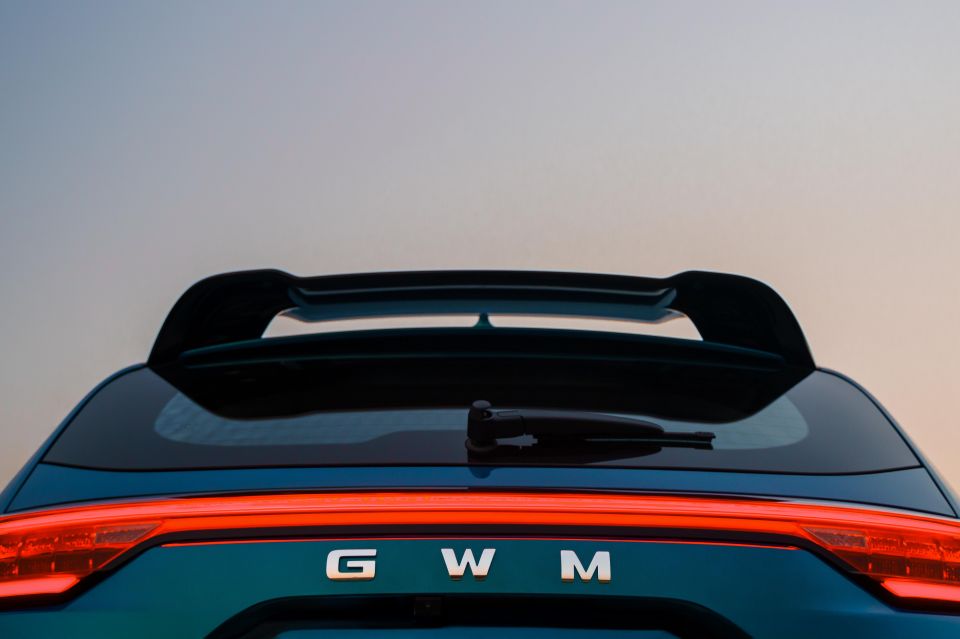
Click on the images to view the full gallery.
MORE: Buy a GWM Haval Jolion MORE: Everything GWM Haval Jolion
Take advantage of Australia's BIGGEST new car website to find a great deal on a Haval Jolion.
Scott Collie is an automotive journalist based in Melbourne, Australia. Scott studied journalism at RMIT University and, after a lifelong obsession with everything automotive, started covering the car industry shortly afterwards. He has a passion for travel, and is an avid Melbourne Demons supporter.


Max Davies
1 Month Ago
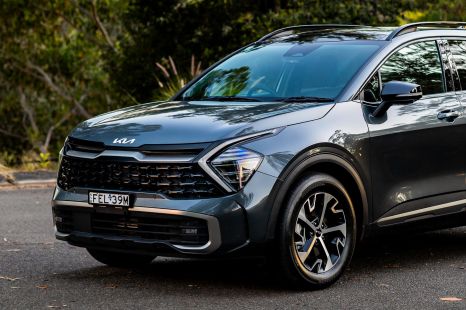

Matt Campbell
1 Month Ago
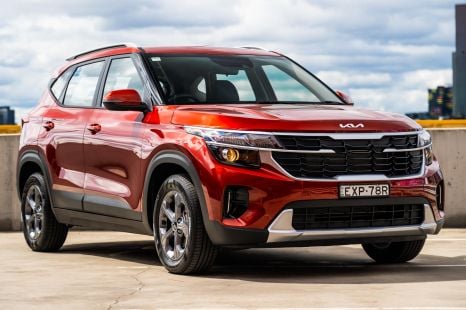

Jack Quick
30 Days Ago
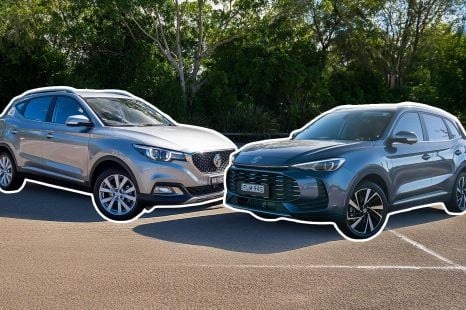

Andrew Maclean
26 Days Ago
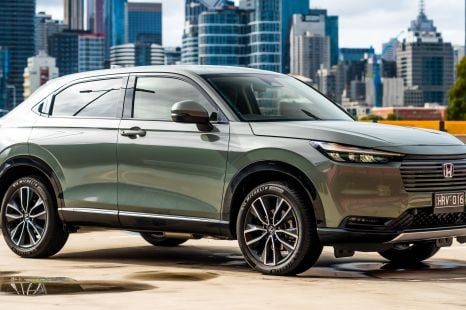

Josh Nevett
19 Days Ago
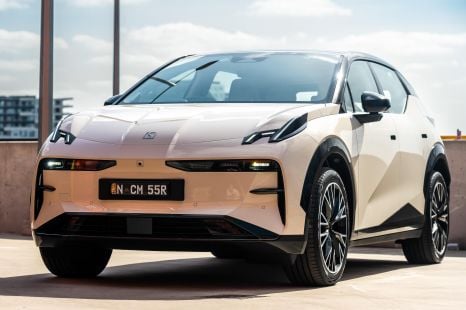

James Wong
11 Days Ago